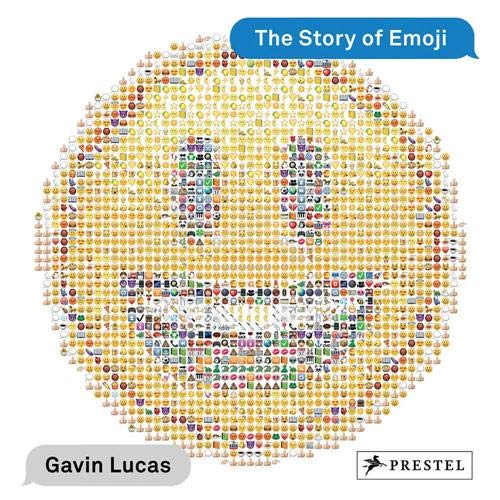The Story of Emoji
Charity marketers and fundraisers use emoji. You see them every day in email subject lines, on Tweets, in WhatsApp messages and in many places. But do you know their history, and just how popular they are?
Gavin Lucas describes emoji as the fastest-growing language of all time.
He mentions a lecture series at the University of Cambridge in the 1930s in which philosopher Ludwig Wittgenstein proposed a method of simplifying conversations and conveying feelings in the form of drawn expressions of just four strokes. Lucas suggests that that is an early example of emoji.
Lucas then argues that emoji are not really a new language, but a representation of one of the oldest methods of communication – conveying emotion by our facial expressions.
So it looks like emoji are more than a keyboard full of yellow faces.
The word ’emoji’ translates from Japanese as ‘picture’ (e) and ‘character’ (moji). The Story of Emoji traces emoji from their origin as a symbol typeface created specifically for a Japanese mobile phone provider in the late 1990s to an international communication phenomenon.
As well as a history of emoji and an interview with their creator, Shigetaka Kurita, the book includes an exploration of non-text typefaces, from the decorative fleurons of the early days of the printing press to the innumerable digital typefaces available today, to the use of emoticons, ASCII art, and kaomoji in typed messages.
It also looks at an array of artworks, fashion lines, special character sets, advertisements, and projects that convey emoji’s widespread impact on contemporary culture.
Finally, the book concludes with a section for which a group of illustrators, artists, and graphic designers have created original emoji characters they wish existed, including bacon, a vinyl record, and even a ‘stabbed-in-the-back’ emoji.
Reviews
“According to linguists, emoji may be the fastest-growing form of language in history–but their roots date back 40,000 years. This deep dive explores everything from 1963’s ‘original smiley, ‘ by American commercial illustrator Harvey Ball, to emoji’s role in literature (an emoji translation of Moby-Dick) and tech (emoji- rather than digit-based banking passwords).”
The Wall Street Journal
- A history of emoji on World Emoji Day (18 July 2019)
- Charity emoji name fun (9 April 2019)
- RNIB aims to redesign emoji for visually impaired people (17 July 2019)



